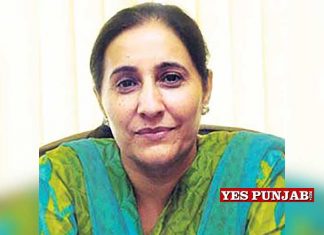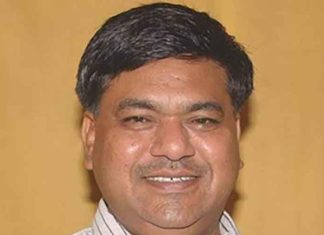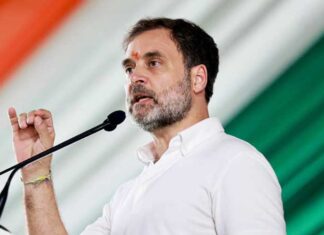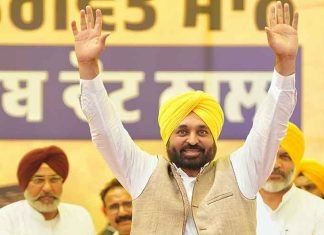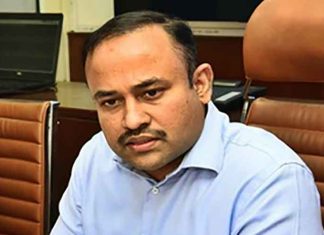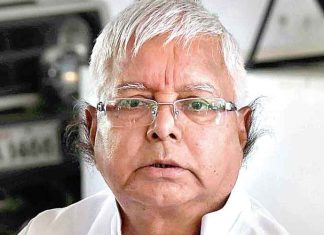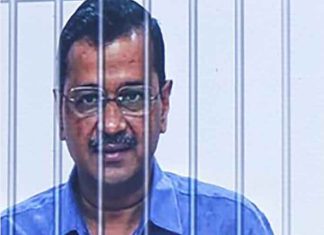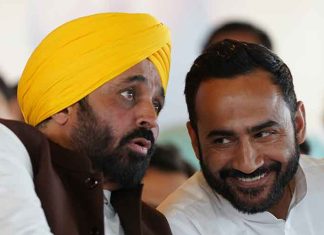New Delhi, Jan 20, 2022 – Large firms have become larger at the cost of smaller firms, while informal sector firms have been disrupted, HSBC said in a recent report.
Those earning their livelihoods from small and informal firms have suffered. This is a problem because 80 per cent of India’s labour force is employed in the informal sector, and the roughly half of them who are in the non-agricultural sector have borne the economic brunt of the pandemic, the report added.
The rise in inequality also holds significance for the investment cycle. In the period when India’s investment rate was falling, a closer look reveals that it wasn’t the public sector or the private corporations leading the fall. Rather, it was private household investment that was falling sharply, the report said.
This category includes a bulk of the small businesses in the economy. It was already a hurting and underperforming sector even before the pandemic. There may also be a funding angle to the large fall in household investment in the FY13-FY20 period. With NPLs on the rise, risk averse banks slowed credit outgo, particularly to industry.
Large firms had access to capital markets and overall reliance on banking sector credit fell Small firms, which don’t have as much access to capital markets, are likely to have suffered. While many banks are keen on increasing credit to small firms this time around, whether or not it rises significantly is an area to track.
For FY22, the scenario shows that an upside surprise in tax revenues is likely to more than offset weak disinvestment receipts and higher-than-budgeted current expenditure, while maintaining strong capex.
In fact, the fiscal deficit is likely to be a tad lower than budgeted. For FY23, tax buoyancy may not be as strong – and may even decline in the case of excise duties (where taxes have been cut). The hope is that privatisation receipts rise and cover that slack. As some crisis level subsidies fall, that space can be split between higher capex, a well-funded NREGA programme, and fiscal consolidation. We expect the government to lower the fiscal deficit by 0.5 per cent of GDP in FY23, the report said.
“There is hope that investment will revive, led by buoyant world growth and lower corporate debt. But we find that elevated policy uncertainty and unsure future growth expectations can come in the way. The budget can step in here by being a much-needed source of predictability and stability in volatile times,” it added. (Agency)
Subscribe to YesPunjab Telegram Channel & receive important news updates





